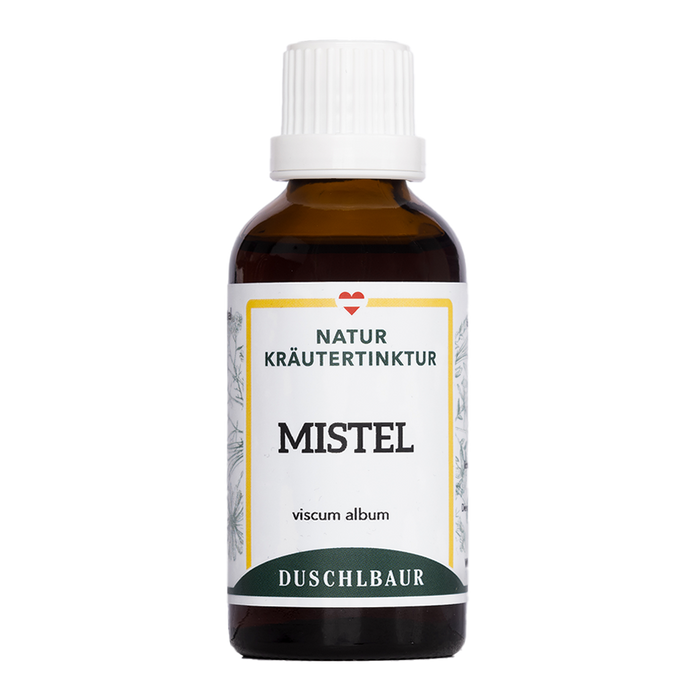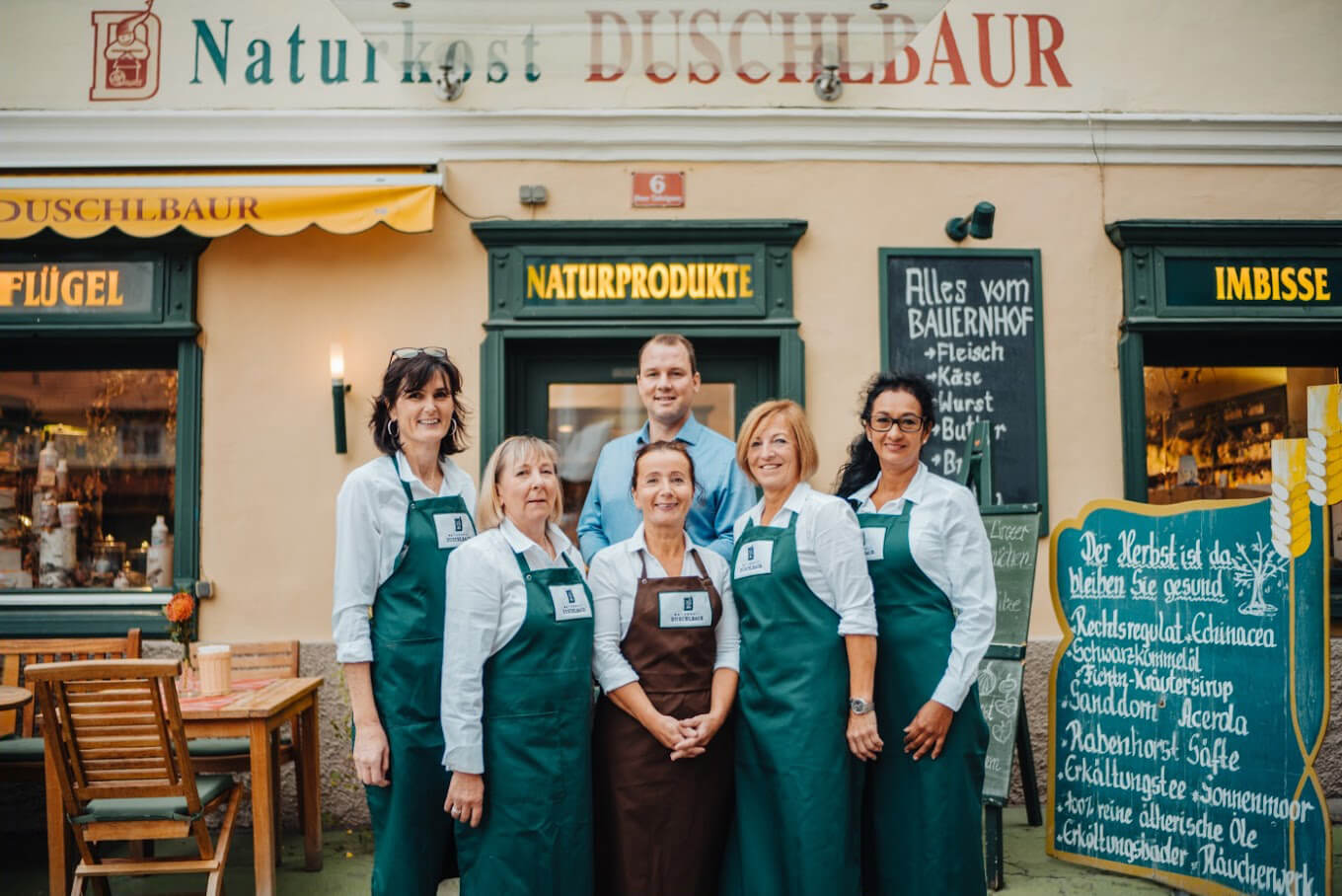The natural ingredients of theMistletoe tincture dropsare: water, alcohol, mistletoe.
We use the leaves and fruits to produce these very valuable drops.
Growing high in the trees, the Celts saw it as a sign from the gods and used mistletoe for every conceivable human health need, long before this knowledge was effectively deployed by the Druids in the popular "Asterix and Obelix" series. In ancient times, mistletoe was used as a medicinal plant, and Hildegard of Bingen also held it in high esteem.
Mistletoe is a symbol of the winter solstice, vegetation blessings, fertility and growth, and a lucky charm.
The romantics among us give mistletoe a special place: as a symbol of peace, it unites lovers, friends, and enemies under the mistletoe bush in the “kiss of peace.”
The evergreen mistletoes are semi-parasitic plants and grow as spherical bushes on their host trees. Especially in winter, when the trees are bare, the mistletoes can be seen from afar. If the host tree freezes during the winter, thus cutting off its water supply, the mistletoes quickly dry out and turn brown.
Three subspecies have developed on the tree species native to our country: the deciduous mistletoe (Viscum album), the pine mistletoe (Viscum laxum) and the fir mistletoe (Viscum abietis).
Mistletoe blooms in February. Male and female flowers grow on separate plants, are pale yellow in color, and smell slightly orange. Starting in September, very sticky berries ripen. The ripe mistletoe berries look like white pearls. Birds eat these berries and excrete them, thus ensuring the mistletoe's propagation.







